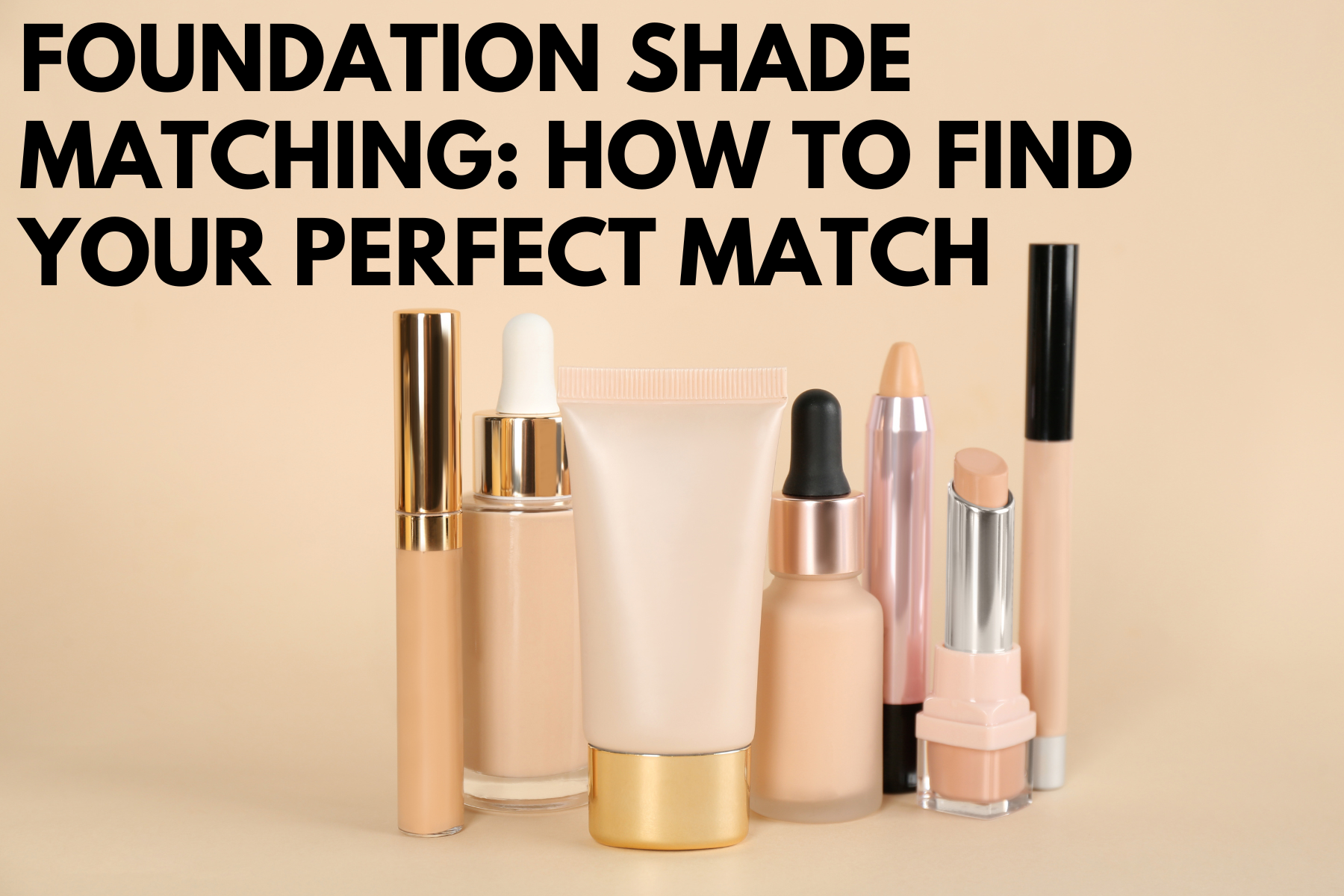Introduction
Finding the perfect foundation shade is essential for achieving a flawless, natural-looking complexion. However, with so many shades and undertones available, it can be overwhelming to choose the right one. In this guide, we’ll walk you through the key factors to consider and expert tips to help you find your ideal foundation match.
1. Understand Your Skin’s Undertone
Your undertone is the natural hue beneath your skin’s surface and plays a crucial role in selecting the right foundation shade.
Types of Undertones:
- Cool Undertones: Skin has hints of pink, blue, or red. Veins appear blue or purple.
- Warm Undertones: Skin has hints of yellow, golden, or peach. Veins appear greenish.
- Neutral Undertones: A mix of both cool and warm tones. Veins appear blue-green.
How to Determine Your Undertone:
- Look at the veins on your wrist in natural light.
- Consider how your skin reacts to the sun (cool undertones burn easily, warm undertones tan easily).
- Try holding gold and silver jewelry against your skin—gold suits warm tones, silver suits cool tones.
2. Test Foundation in Natural Light
Why It Matters:
Artificial lighting can alter how a foundation shade appears on your skin.
How to Do It:
- Swatch three shades closest to your skin tone along your jawline.
- Blend the foundation and check how it looks in natural daylight.
- The shade that disappears seamlessly into your skin is the best match.
3. Choose the Right Foundation Formula
Consider Your Skin Type:
- Oily Skin: Matte or oil-free foundations work best.
- Dry Skin: Hydrating, dewy, or creamy formulas.
- Combination Skin: Satin-finish or semi-matte foundations.
- Sensitive Skin: Hypoallergenic or mineral-based foundations.
4. Adjust for Seasonal Changes
Your skin tone may change with the seasons due to sun exposure.
Tips:
- Have a slightly darker shade for summer and a lighter shade for winter.
- Mix shades if necessary to match your changing skin tone.
5. Consider Coverage Level
- Sheer to Light Coverage: Evens out skin tone while letting natural skin show.
- Medium Coverage: Provides more coverage without looking heavy.
- Full Coverage: Covers blemishes and discoloration for a flawless finish.
6. Blend for a Seamless Finish
- Apply foundation with a brush, sponge, or fingers for an even application.
- Blend down to the neck to avoid harsh lines.
- Use a setting powder or spray to lock in your foundation.
Conclusion
Finding your perfect foundation match requires understanding your undertone, testing shades in natural light, and considering your skin type. With these expert tips, you can achieve a natural, flawless look that complements your complexion.
Find Your Perfect Foundation Shade
Explore our collection of expertly formulated foundations to achieve your ideal match today!



